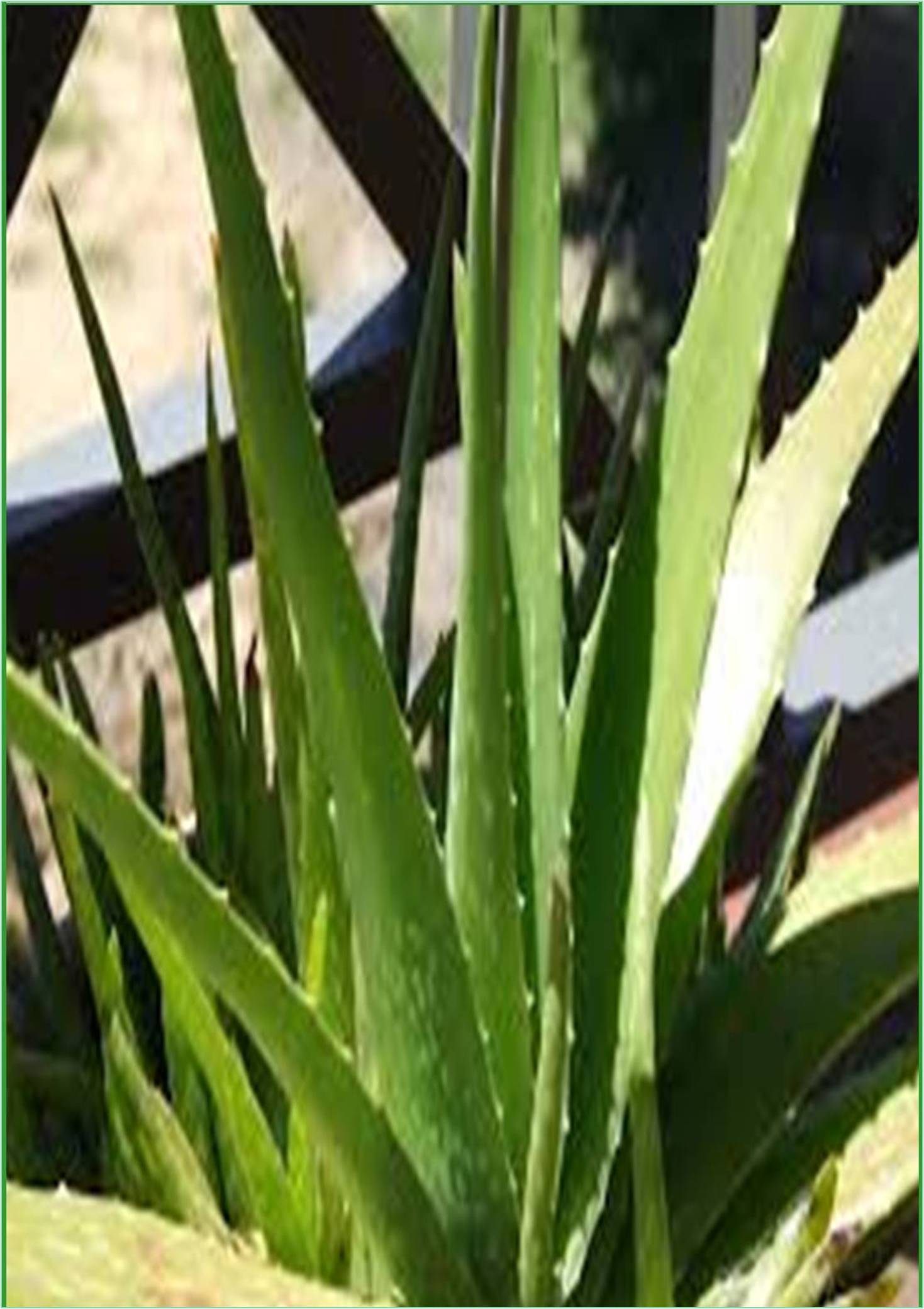



Received: 01-Jul-2022, Manuscript No. GJMPR-22-73893; Editor assigned: 04-Jul-2022, Pre QC No. GJMPR-22-73893(PQ); Reviewed: 18-Jul-2022, QC No. GJMPR-22-73893; Revised: 25-Jul-2022, Manuscript No. GJMPR-22-73893(R); Published: 02-Aug-2022, DOI: 10.15651/GJMPR.22.7.075
A member of the ginger family, Zingiberaceae, Curcuma longa is the source of the spice turmeric. Turmeric has been utilized for its therapeutic effects in Ayurveda (Indian traditional medicine) for a variety of purposes and by a variety of delivery methods, including topically, orally, and through inhalation. The majority of the curcuminoids found in turmeric are curcumin (diferuloyl methane), demethoxycurcumin, and bisdemethoxycurcumin.
Inflammation is a temporary biological reaction of the tissues to damaging stimuli like damage, external and endogenous antigens. It is designed to clear or eliminate the stimulus and repair the wounded tissue eventually leading to regeneration and restoring to equilibrium. Although the body uses inflammation as a protective mechanism, persistent and dysregulated inflammation is now understood to be the root cause of a number of diseases, including diabetes, allergies, atherosclerosis, obesity, cancer, and pain. Additionally, the malfunction of inflammation that results in chronic diseases raises the expense of healthcare for society.
Nonsteroidal Anti-Inflammatory Drugs (NSAIDs), steroids, and immunosuppressive medications that have been traditionally used to treat all types of inflammatory conditions are linked to side effects like ulceration, perforation, gastric irritability, haematochezia, angioedema, hepatic failure, headache, hemolytic anaemia, hyperglycemia, osteoporosis, and issues related to immunodeficiency, among others. Complementary and alternative medicines that are widely regarded as safe are constantly being investigated for their anti-inflammatory capability. This is due to the potential side effects of these medications as well as their limited capacity to deliver long-term remission. Turmeric, also known as Curcuma longa Linn is a member of the Zingiberaceae family and has long been appreciated as a functional food due to its capacity to promote good health. Scientific research has supported the use of the rhizome of C. longa, a traditional remedy that has been used for centuries in the Indian subcontinent, for its antioxidant, antimicrobial, antiarthritic, anticancer, carminative, stomachic, tonic, analgesic, hemostatic, and anti-inflammatory properties. The majority of research on C. longa concentrated on the curcuminoids, which included curcumin, demethoxycurcumin, and bisdemethoxycurcumin. Curcumin was found to have a significant anti-inflammatory impact by inhibiting NF-kappaB and COX-2 activation.
In a small number of studies, the additional bioactive components of turmeric volatile oils, including turmerones were also found to have immunomodulatory and anti-inflammatory properties. Although there aren't many reports on the anti-inflammatory and anti-diabetic properties of turmeric extract devoid of curcumin, there are a few.
Turmeric's curcuminoids and turmerone-free component is frequently left out of turmeric formulations because there is so little data on its bioactivity. Curcuminoids and turmerones isolated from C. longa are typically employed for medical and aesthetic purposes. Furthermore, the anti-inflammatory efficacy of curcuminoids and a spent extract of C. longa that is oil-free have not yet been investigated. In order to advance scientific knowledge and determine a greater utility of the extract, the current study was created to assess the anti-inflammatory activity of COFAE of C. longa in appropriate in vivo models. The study also compared the COFAE of C. longa with its bioactive components, curcuminoids and turmerones, which have already been shown to have antiinflammatory properties.
Curcuma longa, a perennial plant that belongs to the Zingiberaceae family and contains curcuminoids as its main active ingredient, is the source of curcumin. A wide spectrum of therapeutic properties, including anti-inflammatory, antioxidant, antimutagenic, anticancer, and antibacterial properties, are displayed by it. By blocking Cyclooxygenase 2 (COX-2), Inducible Nitric oxide Synthase (INS), and lipoxygenase, curcumin reduces inflammation. The main enzymes that regulate inflammatory processes are INOs, LOX, and COX. It has been discovered that the physiopathology of several inflammatory disorders is associated with the improper up-regulation of COX-2 and/or INS. Therefore, consuming curcumin regularly helps guard against processes caused by oxidation and inflammation and can support a healthy lifestyle.
According to the majority of research, curcumin has the ability to treat inflammatory illnesses because it prevents the mechanism that leads to the production of reactive oxygen species by reducing oxidative stress. Because curcumin has a strong influence over inflammatory mediators like cytokines, it prevents the oxidation process in mitochondria and lowers inflammation. For formulations, curcumin should be taken into account. According to research, it has no severe toxicity, and no carcinogenesis lesions were discovered during toxicity testing, despite the fact that it has the potential to serve as an anticancer agent in a variety of cancers brought on by inflammation. Future studies must extensively assess the mechanisms of action and its anti-inflammatory properties in order to develop new formulations for the treatment of numerous fatal diseases.